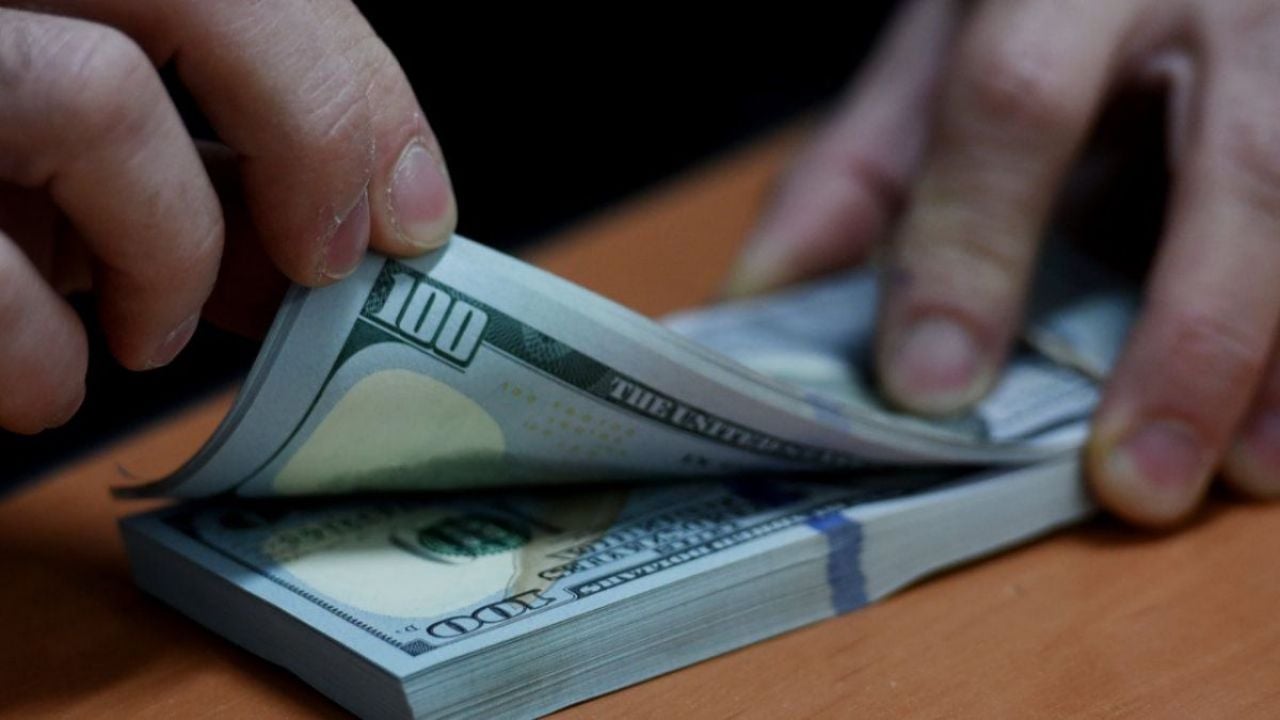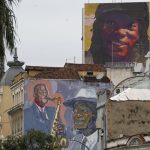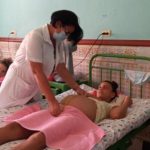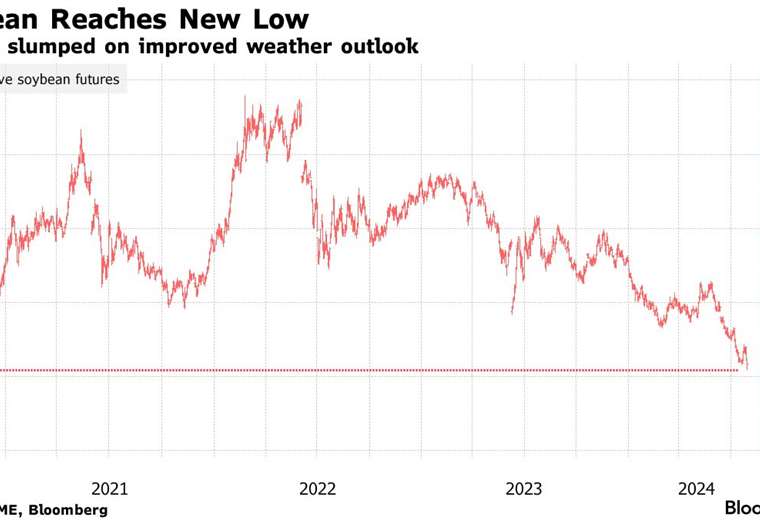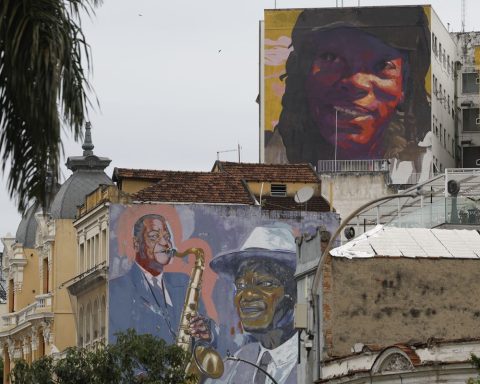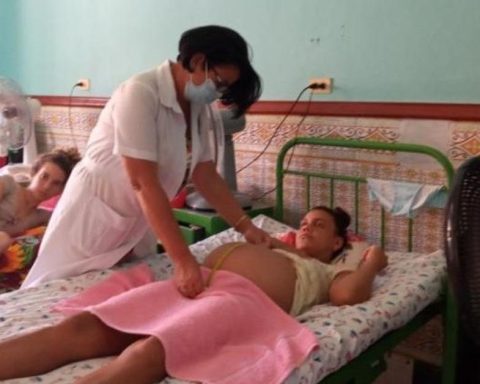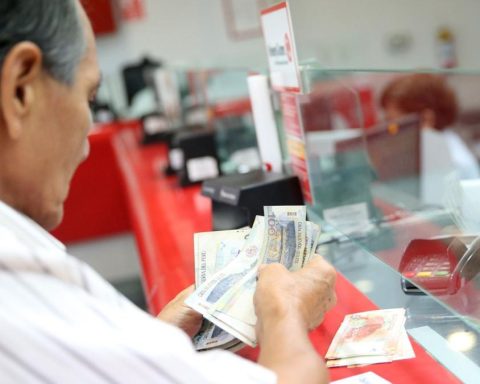The quote of the dollar Yesterday, the exchange rate once again reflected the volatility that characterizes the country’s foreign exchange market. On this date, both the official dollar and the blue dollar showed movements that captured the attention of investors, economists and citizens.
He dollar The official exchange rate, which is the exchange rate controlled by the Central Bank of the Argentine Republic (BCRA), was quoted at $918.00 for purchase and $958.00 for sale on the screens of Banco Nación. This exchange rate is used mainly for regulated commercial and financial operations, and its value is determined by the government’s monetary policies.
He dollar The official dollar has been a key tool for the government in its attempt to control inflation and stabilize the economy. However, the gap between the official dollar and the blue dollar has been a constant cause for concern, as it reflects the market’s distrust in the government’s ability to maintain a stable exchange rate.
On the other hand, the dollar blue, which is the parallel or informal exchange rate, was quoted at $1,335.00 for purchase and $1,355.00 for sale. This exchange rate is the result of supply and demand in the parallel market, where exchange restrictions and lack of access to official dollars drive individuals and companies to look for alternatives.

Fountain: Dollar Today.
The significant difference between the official dollar and the dollar The blue line, known as the exchange rate gap, has been an indicator of economic tensions in Argentina. In this case, the gap exceeded 40%, reflecting the perception of risk and economic uncertainty that prevails in the country.
This Wednesday, August 14, he dollar The blue dollar is quoted at $1335 for purchase and $1355 for sale. Meanwhile, the official dollar is quoted at $958.50 for purchase and $958.50 for sale.Both values were provided by the financial site Dólar Hoy.

Challenge
As Argentina faces ongoing economic challenges, the price of the dollar The US dollar will remain a crucial barometer of the country’s economic health. Government policies to control inflation, stabilise the exchange rate and foster economic growth will be critical to narrowing the exchange rate gap and restoring confidence in the local currency.
The dollar’s exchange rate in Argentina reflected the economic tensions and challenges facing the country. The exchange rate gap remains an indicator of uncertainty and distrust in the Argentine economy. The government’s ability to implement effective policies and restore stability will be crucial for the country’s economic future.
